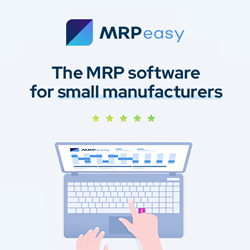Open Faced Angle Sensors for Valve Position Monitoring in Harsh Environments
Design Automation Reduces Manufacturing Lead Time for Fenestration Products Manufacturers
Raytheon team competing in DARPA cyber competition finals
Okuma's MA-12500HW Horizontal Machining Center with New W-Axis is Ideal for Cutting Exotic Materials
Siemens strengthens footprint in Additive Manufacturing
Raspberry Pi And MATLAB based 3D Scanner
Heero: the Perfect 3D Printing Partner Monitors & Controls Progress
WeldFit Introduces Bidirectional Capability to SureLaunch™ Automated Pigging System
OMRON to Release New Industrial PC Platform, Making Production Sites "Integrated" and "Intelligent"
Embedded Systems Market to be Worth USD 225.34 Billion by 2021, Globally
OpenKnit: Open Source Digital Knitting
Industry Pioneers Introduce Rize™ One, Breakthrough 3D Printing Technology That Will Unlock New Markets, Fuel Innovation
Proto Labs Expands Its Additive Manufacturing Services with Concept Laser
Toshiba Launches Photorelays in DIP8 Packages with Industry-Leading 5A Drive Current
Top Teams' Automated Cybersecurity Systems Preparing for Final Face-off
Records 1846 to 1860 of 2365
First | Previous | Next | Last
Featured Product

MRPeasy - ERP for Small Manufacturers That Delivers Results
Manufacturing and Automation - Featured Company

